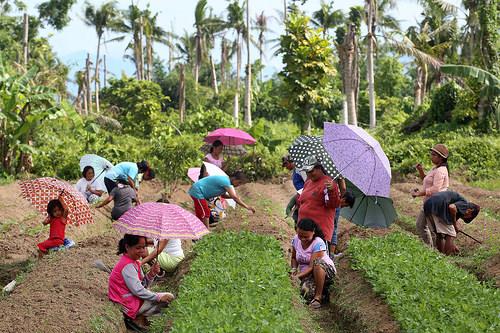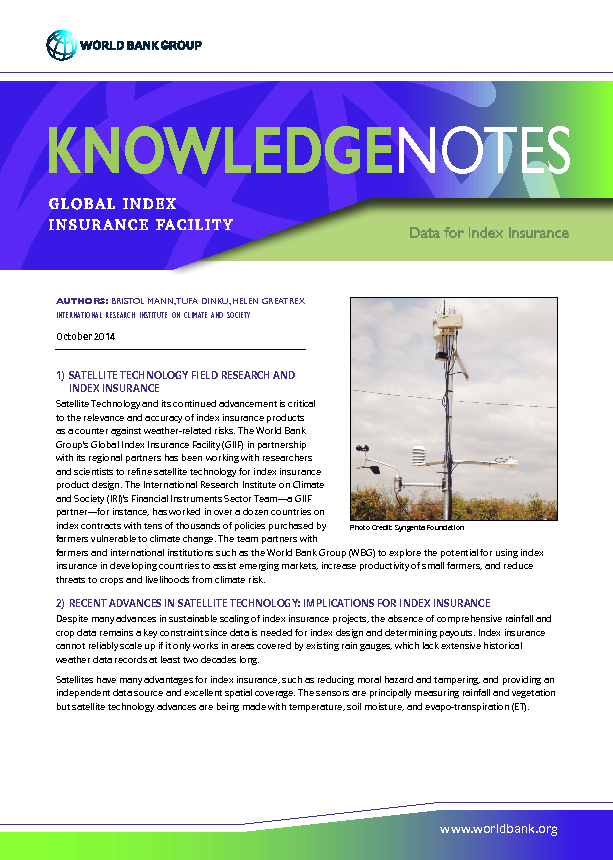
Mon, 01/12/2015
The World Bank Group signed an agreement marking the $25 million contribution by the Dutch Ministry of Foreign Affairs in support of scaling up insurance markets in developing countries over the next five years, thus helping to ensure that agricultural insurance becomes a sustainable business model for smallholder farmers.


